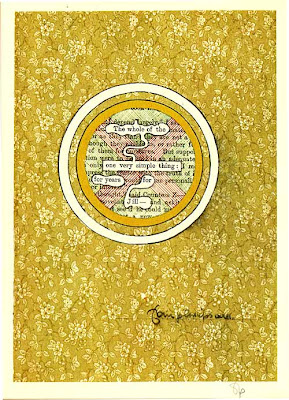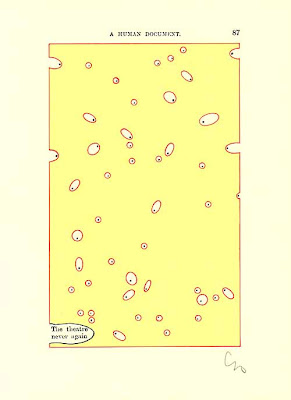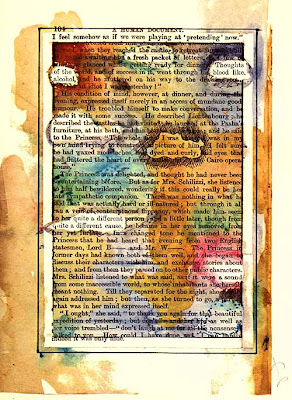So, as I mentioned in class, now that we have all these hand processed strips, the next task is to create sort of a collage video which makes a whole of all these separate parts. The only stipulations are that this be a video in four parts (each part, one-minute long) and that each person in the class participate in a designated role. I'll pass around "a hat," from which you will draw your position. If you want to swap positions, fight, pull hair to get what you want, etc. fine - as long as all positions are filled.
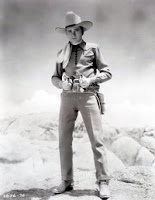
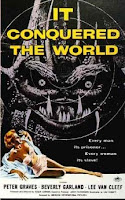

What will be the genre of this movie? . . . a bit experimental, of course. But beyond that, it's completely up to you: Western, Musical, Musical Western, Infomercial for the Dammed, 50s Melodrama, etc. Everyone in the class has a specific role but all are welcome to pitch in on genre ideas and semi-narrative themes when we watch the spliced version in class, next week.
Below is a list of all the roles with the number of people needed in each role and a basic description of the job.
Log and Capture/Tape Wrangler (1): Log and capture the footage
IMAGE
Rough Cut Editors (4): Assemble a rough cut of the four parts and add a title and also an inter-title (for each of the four parts). Each section need not be a minute long at this stage and, in fact, may only be 30 seconds long. That's fine. The Fine Cut editors will stretch out the footage to a minute per section.
Fine Cut Editors (2): Slow down sections (be mindful of frame-blending/whether or not you want it), super-impose or loop sections.
SOUND
Dialogue/Voice (1): Find some interesting bit of narration or voice that seems to fit the theme. archive.org might be a good place to start. Lot's of rights-free stuff from the mundane to the bizarre. Look in the audio section.
Ambient (2): You can record your own on mini-dv or find some online or . . . just use your imagination. Remember though that ambience implies background so your sound should fit this description and not upstage the voice or snd fx. It should also be something that is capable of stretching through the length of any one section.
Sound Effects (2): Again, create your own or find fx on line. Typing in "free sound effects" in the google search bar will turn up a lot of results.
Sound Mixers (2): Make sure the three above tracks are mixed properly - that they work with each other and don't all scream for attention at the same time (unless that is your intention . . . for part of the film).
Print to Video (1): Print that bad boy and turn it in to me.










































